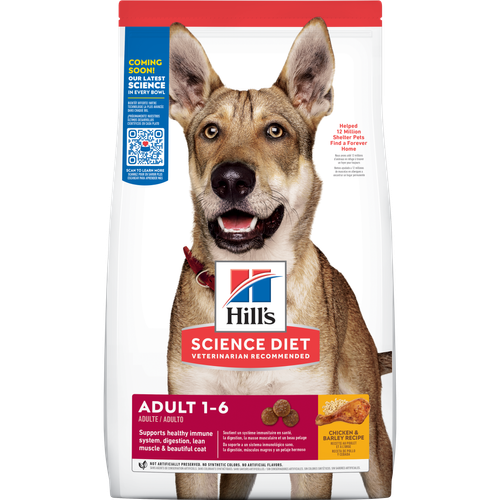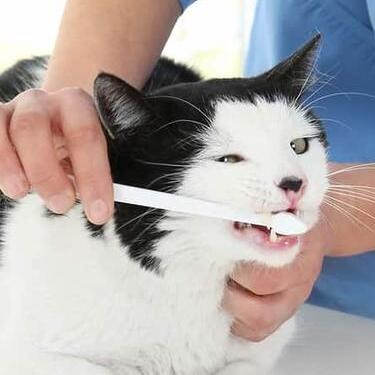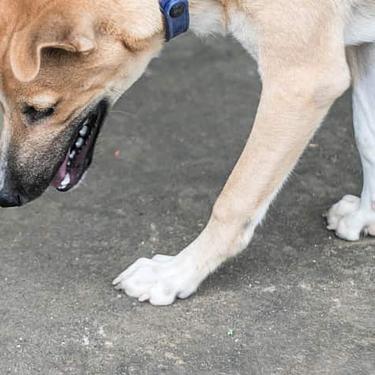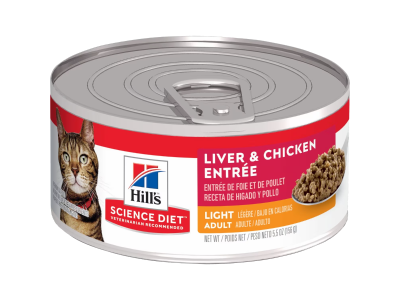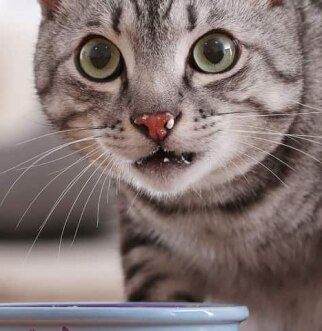

When it comes to your cat, you want to make sure your cat has the best kind of cat food for their nutritional needs. From time to time, you may be tempted to give them table scraps and special treats, but bear in mind that certain foods can be poisonous to them. Here’s a look at some of the most toxic foods for cats.
1. Onions and Garlic
Onions, garlic, shallots, and scallions can cause damage to your cat’s red blood cells and lead to anemia. These foods are typically poisonous when eaten in large quantities, but exposure to concentrated forms of onion or garlic, such as onion soup mix or garlic powder, can also be toxic. Cats with symptoms of lethargy, weakness, reduced appetite, pale gums, and orange to dark red urine should be taken to the vet immediately.
2. Raw Eggs, Raw Meat & Bones
Just like for humans, consumption of raw eggs or raw meat can lead to salmonella or E. coli poisoning in cats. Symptoms of the illness vary but can include vomiting, diarrhea, and lethargy. Salmonella and E. coli can also be transmitted to humans, so be careful to properly wash your hands after cooking and keep your cat away from these raw foods. Raw eggs also contain an enzyme that can lead to skin and coat problems. Keep your cat from eating raw bones as well—it could cause them to choke, obstruct their digestive tract and/or damage their teeth.
3. Chocolate and Caffeinated Drinks
We’ve all heard that chocolate can be fatal to dogs, but it’s just as poisonous for cats as well. Chocolate contains substances called methylxanthines, which can cause vomiting and diarrhea, high body temperature, muscle tremors, abnormal heart rhythm, abdominal discomfort, increased thirst, and seizures. Methylxanthines are also found in caffeinated beverages and should be avoided. See your vet if your cat experiences any of these symptoms. As a general rule of thumb, darker chocolates are more dangerous than milk and white chocolate.
4. Alcohol and Raw Dough
Alcoholic beverages and foods that contain alcohol can be dangerous for your cat. Ingestion can cause vomiting, diarrhea, tremors, disorientation, trouble breathing, coma, and even death. It’s also important to keep your cat away from raw dough. Ingestion of raw dough can result in 2 potential problems: 1) the dough can expand within the stomach which could result in an obstruction and 2) alcohol is produced as part of the fermentation process which could lead to high levels being absorbed by your cat. If you think your cat has ingested even a small amount of alcohol or raw dough, take it to the vet immediately.
5. Milk and Dairy Products
Even though your cat may enjoy drinking milk, it isn’t necessarily good for your cat. Cats have trouble digesting the lactose in milk, which can cause an upset stomach or diarrhea. Most cats are only exposed to lactose from their mother's milk when they are kittens. Because kittens only drink from their mother’s milk for a few weeks, their digestive systems are often not equipped to handle a reintroduction to lactose. So, while some cats have no trouble tolerating milk, they are not recommended to drink milk after weaning, due to the possibility of digestive issues.
6. Grapes and Raisins
Even a small amount of grapes and raisins can cause your cat to become ill — they can even lead to rapid development of kidney failure. Within 12 hours of ingestion, vomiting sometimes occurs. Other signs that can show up within 24 hours include lethargy, diarrhea, reduced appetite, abdominal pain, decreased urination and abdominal pain.
Although it isn't clear why, grapes and raisins can cause kidney failure in cats, and even a small amount can make a cat ill. Repeated vomiting and hyperactivity are early signs. Although some cats show no ill effects, it's best not to give your cat any grapes and to keep grapes and raisins off countertops and other places accessible to your cat.
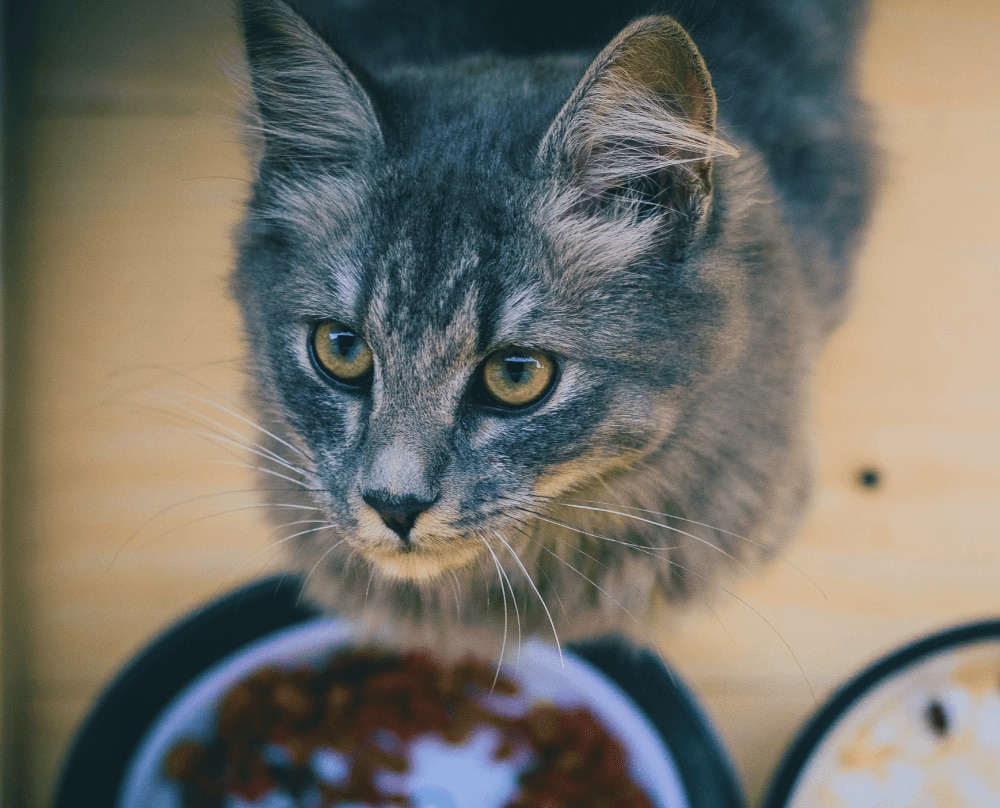
Digestive issues aren't fun for your pet, either
Feed your cat something difficult to digest and you'll both suffer. So feed them our Sensitive Stomach & Skin dry cat food. It's a highly digestible food that helps ensure nutrient absorption while being gentle on their stomach. And it's specially formulated with vitamin E & omega-6 fatty acids to help maintain & protect skin & fur.
Digestive issues aren't fun for your pet, either
Feed your cat something difficult to digest and you'll both suffer. So feed them our Sensitive Stomach & Skin dry cat food. It's a highly digestible food that helps ensure nutrient absorption while being gentle on their stomach. And it's specially formulated with vitamin E & omega-6 fatty acids to help maintain & protect skin & fur.
7. Dog Food
Though dog food is not toxic to cats, your cat needs a very different set of nutrients than a dog. Cat food should contain plenty of vitamin A, taurine, arachidonic acid and protein, and dog food has much lower levels of these nutrients. Dogs can survive with lower levels of vitamin A and protein, while cats cannot. Dogs are also able to produce taurine and arachidonic acid, but cats must have these nutrients in their food. Without a sufficient amount of taurine, cats can develop heart disease, vision and dental issues.
8. Preventing Cats from Eating Dangerous Foods
Your cat’s life and well-being depend on the type of food it eats. By keeping poisonous and hazardous foods out of its reach, as well as making sure it consumes a complete and balanced food, you are helping it stay healthy.
Here are some easy tips for preventing your cat from eating dangerous and toxic foods:
- Store dangerous items out of your cat’s reach. Installing cat-proof locks on cabinets may be necessary for a curious kitty.
- Do not let your cat on the counter while you’re cooking or eating.
- Do not feed her table scraps.
- It is especially important to be more mindful during the holidays. There is likely more enticing people-food around, much of which can upset your cat’s tummy or even harm her.
If you notice or suspect that your cat has eaten one of these foods, take it to your veterinarian immediately. While some of these foods may only cause your cat slight discomfort, others can be far more hazardous to its health. If in doubt, ask your vet for guidance.

